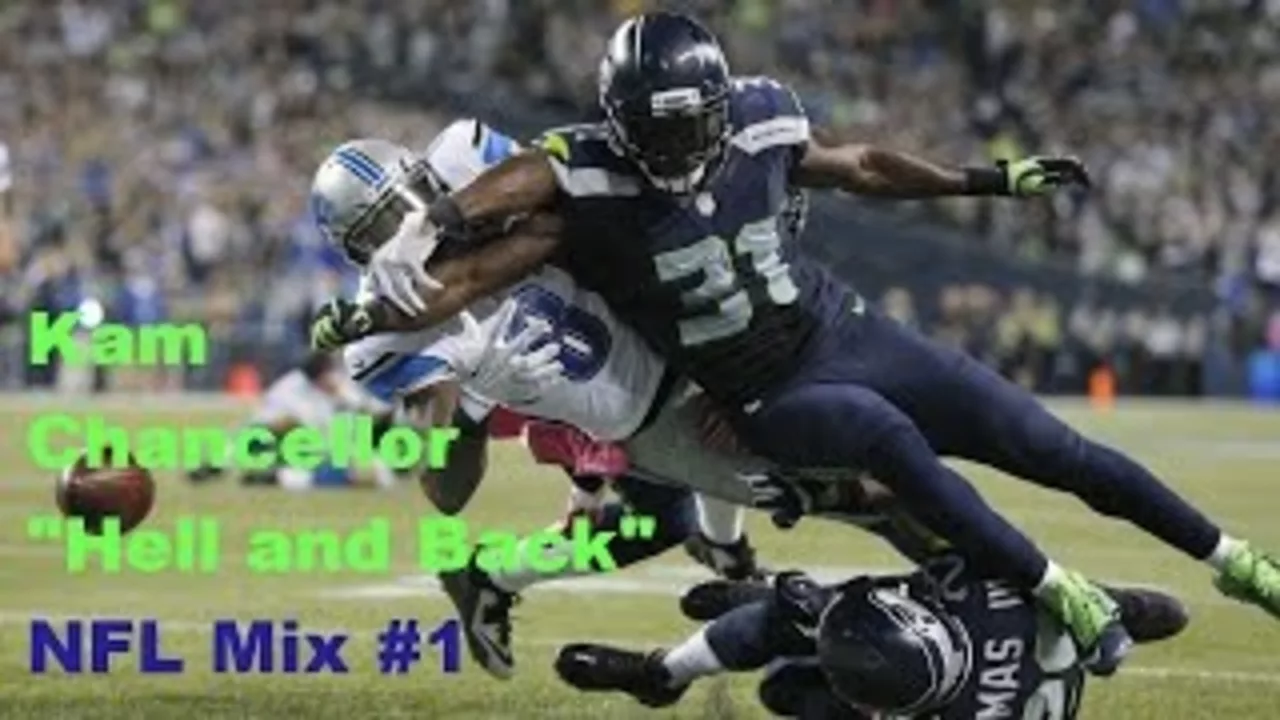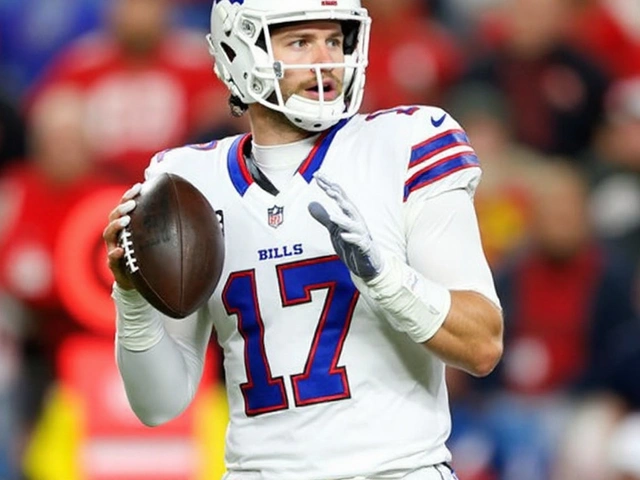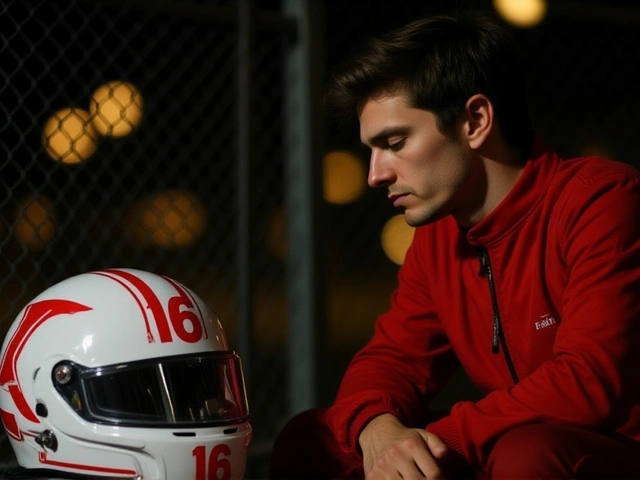Sports Tradition: History, Rituals, and Iconic Moments
When talking about sports tradition, the collection of customs, memorable matches, and shared identities that shape how we experience sport. Also known as athletic heritage, it links generations of fans and athletes. One vivid example is the Ryder Cup, a biennial golf showdown that blends national pride with fierce rivalry, a competition that has become a staple of European and American sporting culture. Another pillar is the college football playoff, the postseason system that decides the national champion and sparks intense debate each season, showing how traditions evolve with modern demands. Even something as simple as team colors, the visual symbols that fans rally behind, from purple Lakers to green Celtics play a big role in building identity and continuity.
Key Elements of Sports Tradition
At its core, a sports tradition requires community rituals – tailgates, chants, and yearly matchups that fans anticipate. It encompasses historic competitions like the Ryder Cup, which turned a casual game into a national narrative. The tradition influences team colors, because iconic hues become shorthand for legacy and pride. Meanwhile, the evolution of the college football playoff shows that traditions are not static; they adapt to new formats while preserving the excitement that defines the sport. England’s contribution, from football to cricket, adds another layer, reminding us that many modern sports trace back to English origins, a fact that still shapes rulebooks and fan culture worldwide.
Our collection below taps into these ideas: a dramatic chip‑in by Jon Rahm at the Ryder Cup, heated debates over expanding the college football playoff, the psychology behind choosing team colors, and a look at sports that began on English soil. Each article explores a slice of the broader tapestry, giving you insight into why these customs endure and how they keep evolving. Dive in to see how tradition fuels today’s biggest moments and how the past still echoes in every stadium, locker room, and living room.
Why does the NFL have Monday night football?
The NFL introduced Monday Night Football to extend the excitement of the weekend games into the week. This strategic move also aimed at capitalizing on television viewership during prime time hours, when most people are home from work. Additionally, Monday Night Football helps maintain the NFL's popularity and relevance throughout the week. It's also an excellent platform for advertisers due to its large audience. So, essentially, Monday Night Football is about more than just the game - it's a blend of sports, business, and entertainment.





